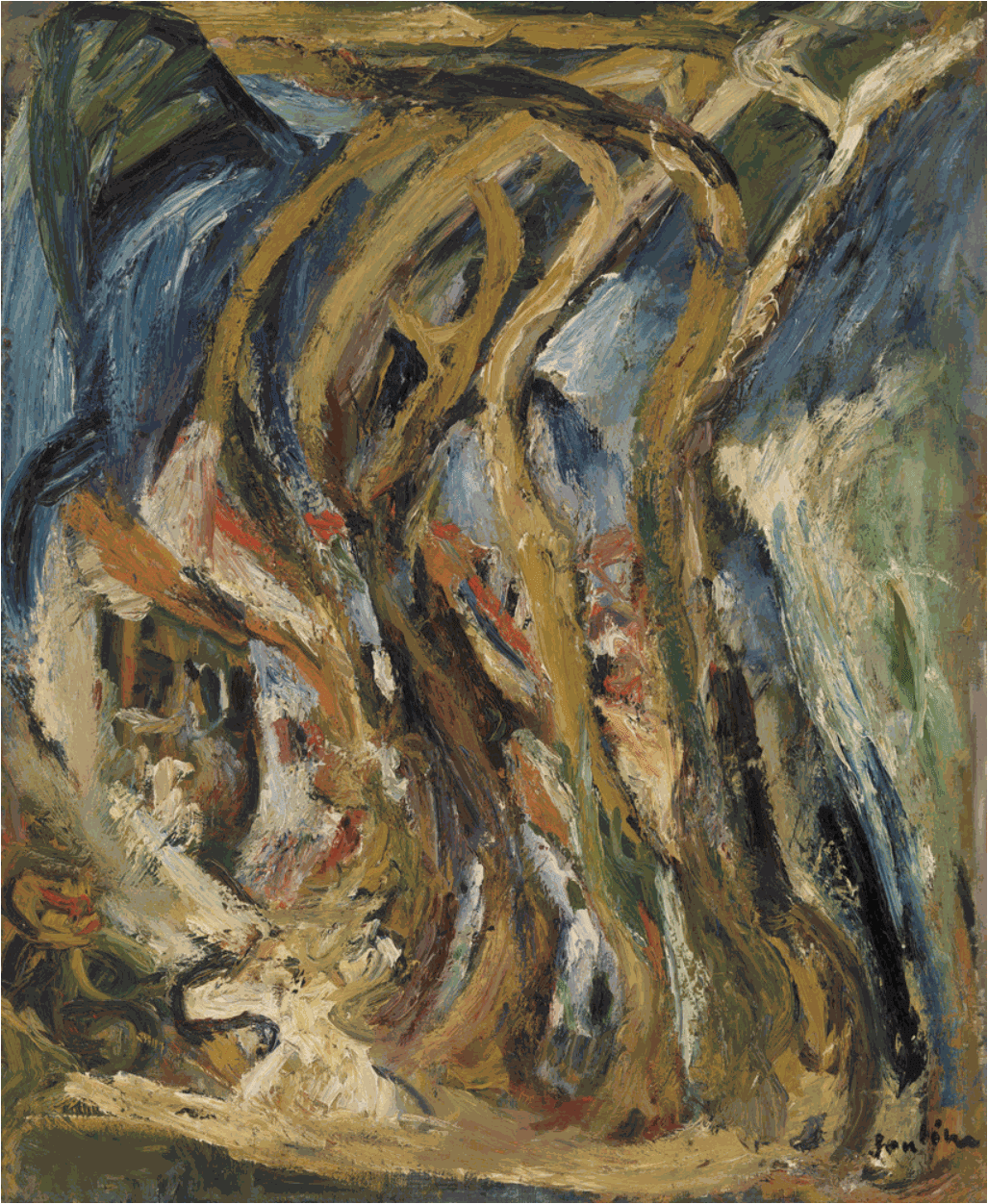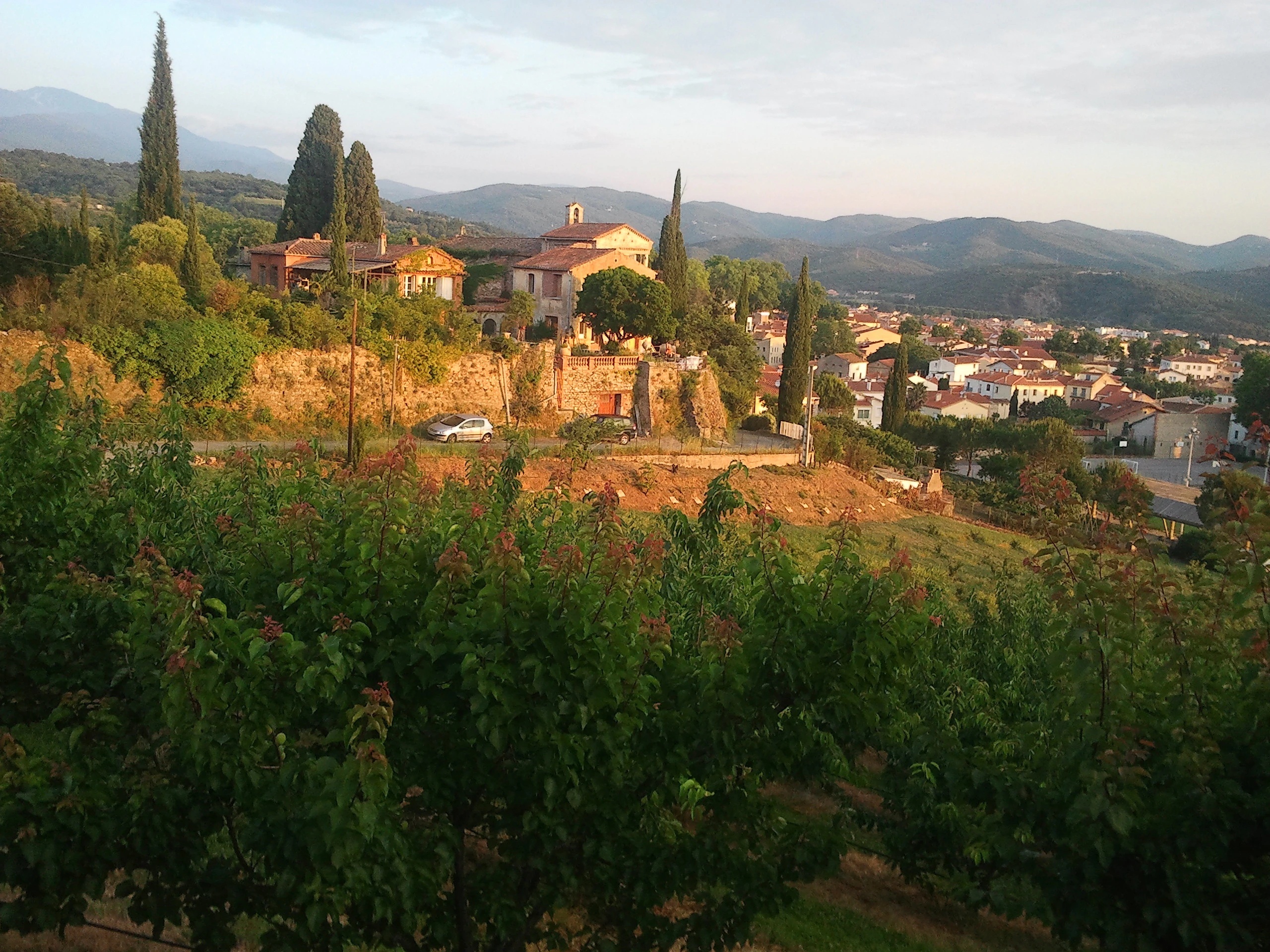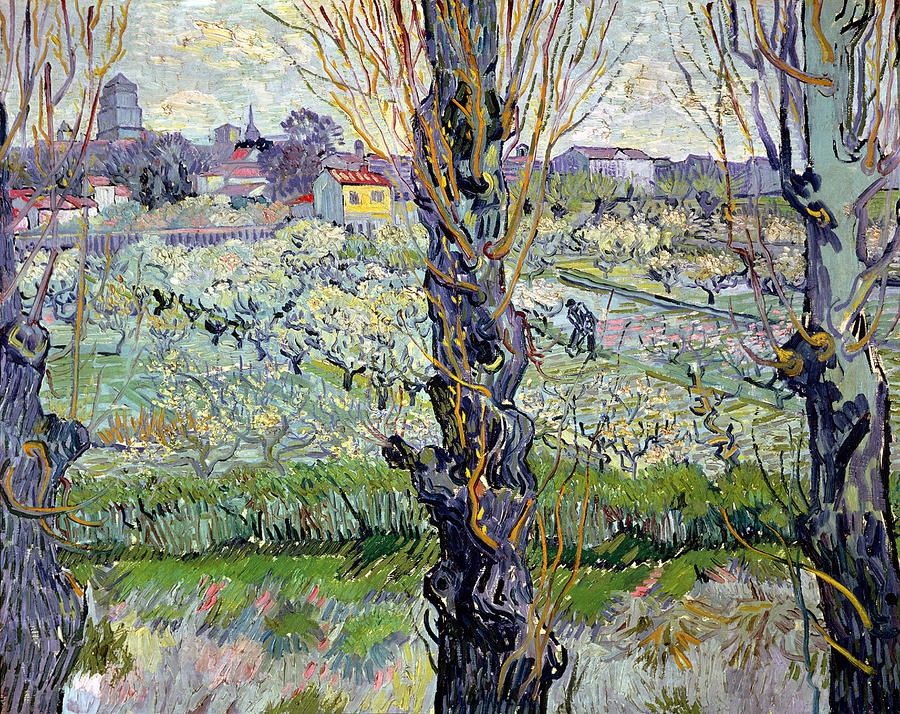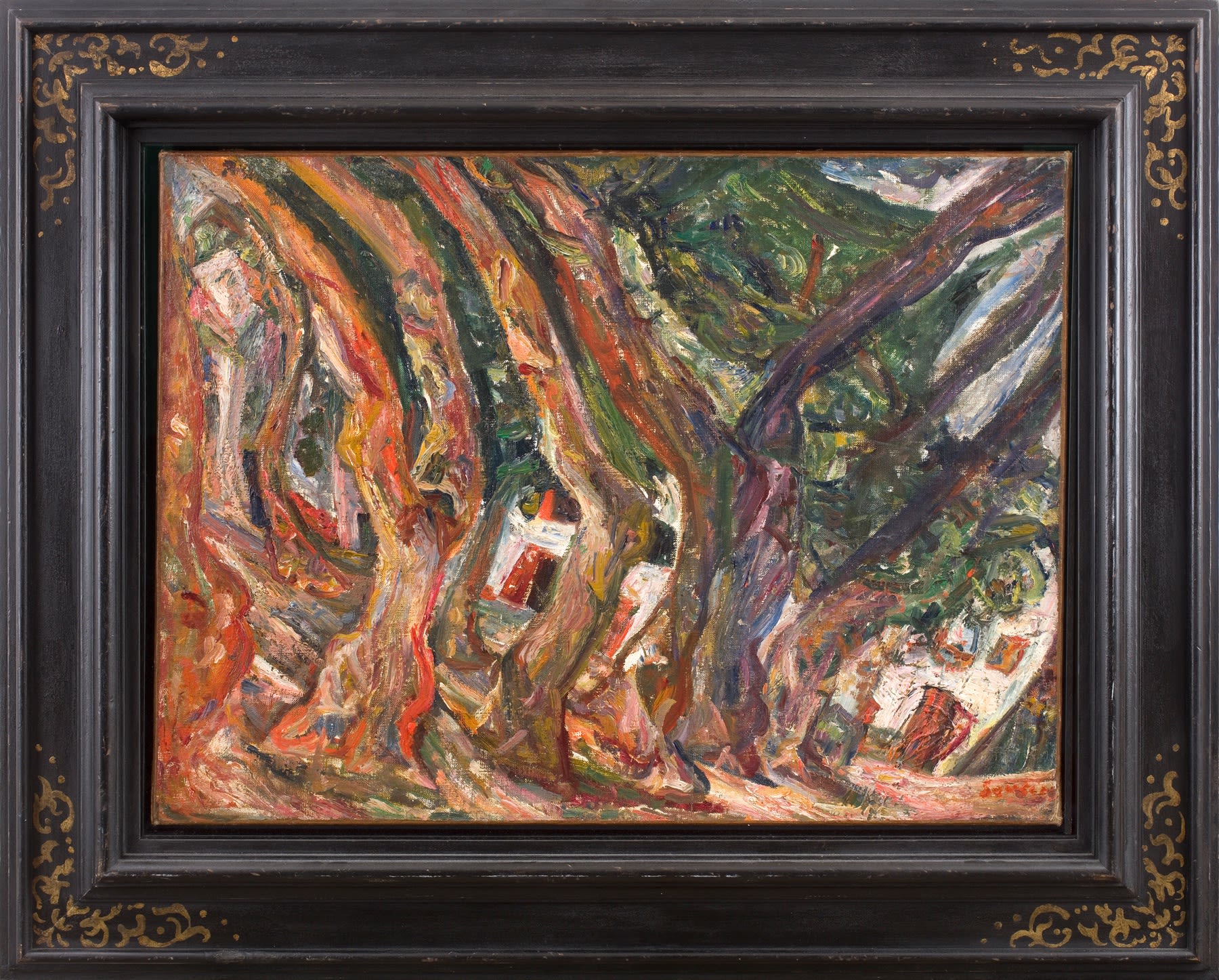As Piano Nobile prepares to open a new display about Chaïm Soutine and British painting, InSight considers the artist’s years in the Pyrenean town of Céret after the Great War.
InSight No. 173
Chaïm Soutine, Les Platanes à Céret, c. 1920
Relatively little is known about the life of the painter Chaïm Soutine (1893–1943). It has been said that ‘his paintings represent his true biography’ and, if so, he was troubled and pessimistic. He was born in a shtetl near the city of Minsk, a much fought over region once part of Lithuania, annexed by the Russian Empire in 1793, awarded dubious independence as a Soviet republic in 1922, and today, as Belarus, it is one of Putin’s most loyal client states. When Soutine’s friend Michel Kikoïne went to study art in the Lithuanian capital of Vilna in 1909, Soutine followed. Kikoïne later said that his friend’s life drawings, made at the Academy of Fine Arts where they were students, ‘always carried a suggestion of morbid sadness’. The same mood can be detected in many of Soutine’s mature paintings, and the expressionist quality of his work might be related to some inalienable trait of personality.

Soutine moved to Paris in 1913 and struggled among the bohemian ne’er-do-wells of Montparnasse. Amedeo Modigliani, the poet and art dealer Léopold Zborowski, and the contents of the Louvre played crucial roles in Soutine’s formation. After fleeing to Nice with his friends in 1918, to escape German bombs, Zborowski encouraged Soutine to stay in the town of Céret in the foothills of the Pyrenees. He remained there between 1919 and 1922, in which time he produced some of the most vertiginous paintings ever made.

Céret appealed to more avant-garde artists than just Soutine. Georges Braque and Pablo Picasso stayed there in the summer of 1911 and made significant advances in their newly developed idiom (later called analytical cubism). The town is arranged steeply across rolling terrain, and Picasso’s painting Paysage de Céret shows how advantageously the elevations of Céret translated into a dense, vertical, horizonless kind of picture.
Such lessons in verticality were significant to Soutine’s own paintings of the town. Even as he worked tenaciously from life, he achieved in paintings such as Les Platanes à Céret (‘the plane trees at Céret’) a powerful deconstruction of single-point perspective. The resulting contractions of space and foreshortenings of form create a wild sensation of lurching, as a pathway climbs up or down, a distant hill looms precipitously, or the ground beneath one’s feet curves away unexpectedly.

Although cubist painting encouraged Soutine to dissent from the strictures of single-point perspective, his work at Céret also encompassed a sense of psychological agitation familiar from the Arles landscapes of Vincent van Gogh. Where Soutine treated plane trees in the Place de la Liberté as if their trunks and branches were pulsing, flesh-like organisms, so too had Van Gogh some forty years earlier perceived in natural subjects a scarcely contained inner life. He too painted planes, besides cypress and olive trees, that pulsed and swirled.

But where Van Gogh applied paint thickly, evenly, and with a schematic sense of design, the execution of Soutine’s Céret paintings was much wilder. The lurching perspectives and sense of emotional disturbance are crystallised by frantic brushwork. His inventive, improvisational handling of paint suggests a desperate effort to recreate the subject faithfully and with an intensity equal to that of real life: jabbed touches of a loaded brush, lurid colour contrasts, seething channels of paint applied wet-on-wet. Few artists have attempted to translate the natural world so fervently as Soutine did at Céret.

Images:
Chaïm Soutine, Les Platanes à Céret, c. 1920, oil on canvas, 54 x 73 cm
Chaïm Soutine, Groupe d'arbres, c. 1922, The Barnes Foundation, Philadelphia
Céret, France
Vincent van Gogh, View of Arles, Flowering Orchards, 1889, Neue Pinakothek, Munich
Vincent van Gogh, The Road Menders, 1889, The Phillips Collection, Washington, D.C
Chaïm Soutine, Les Platanes à Céret (framed)


